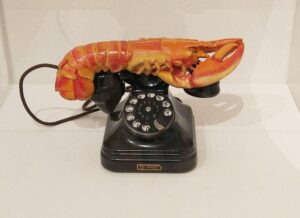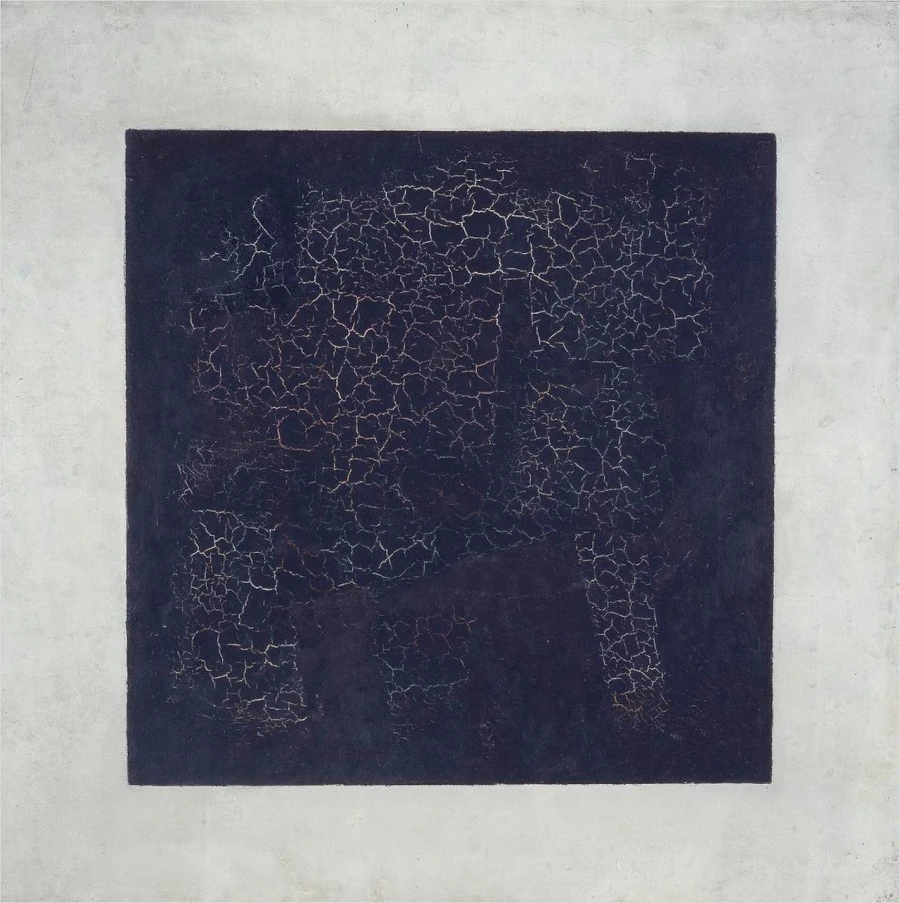Sprint 1 Weird

With Professor Neil sharing, I listened to a series of conversations on art and philosophy led by Professor Phil Ford and writer JF Martel, discussing difficult ideas and the art of opening cracks in what we are happy to call ‘reality’. Among other things, they claim that “weird research” is not a joke, nor a legitimate academic field, but a kind of pseudo-research.
They conclude that ‘weirdness’ is both a quality and a way of looking at things. It is simply a willingness to suspend the usual habits of perception and judgement and to hang out in the weightless space between certainties. It can be an attitude of acceptance of ideas. It is also a way of trying out ideas without commitment and without firm conviction. It treats thinking as a pastime with nothing to do, a wanderer’s gesture of knowledge.
“Singularity is based on the notion of a “singular humanities”. Therefore, if “strange humanism” is valid, then “strange science” is also valid. As humanism develops, it inevitably expands this generosity, that is, becomes more inclusive. Inevitably, the so-called ‘strange’ will emerge. The context of this premise still encompasses the purity of mainstream research and is therefore full of derogatory references to non-normative researchers, becoming part of a development that runs counter to it. These ‘weirdnesses’ are often presented in a way that is loosely related to their magical connotations, suggesting creative appropriation, wild deviations from the classics, reckless mixing and matching. Here I argue that if this mass of ‘pseudo-studies’ is analysed, there is a positive development that can enrich classic humanist studies and allow for the development of classical studies.
He mentions that when an idea contradicts one’s naive interpretation of the way reality works, it can feel strange. That is, a strange idea exists “outside of an interpretation that we simply live in without realising it is an interpretation, or – for most of us – without even formulating it.” As Charles Taylor writes. To call it a “childish explanation” is not an insult: we all start the day with some largely unspoken metaphysical picture of the world. It’s hard to imagine what it would be like. “Questioning everything” has a good motivational effect, but in reality, no one has the mental energy to question everything: there are things you have to take for granted. Some ideas, like computer programs, can arrange the outlook of your experience while running invisibly in the background. In my book Dig: Sound and Music in Hip Culture, I think hipness is one such script. *But there are many more scripts running in our minds, regulating what we think might or could happen, and creating categories for our experiences.
So in discussing whether “weirdness” “breaks our cognitive habits”, “can the ordinary become uncanny?” I think this is clearly the way it manifests itself. “Strangeness is one of the key themes of contemporary art, and it’s worth mentioning the contemporary performance artist Xie Deqing, who has performed at ecalecture. Originally no different from every stowaway with a valid reason, Xie Deqing spent the first four years of his life. Between 1978 and 1986, Xie published five one-year programmes; between 1986 and 1999, he did a ‘thirteen-year project’, during which he withdrew from the United States. In a public report on 1 January 2000, Tse announced that he had preserved his life. In his art
Some of the “conclusions” of the “strange studies” are what we call “plain interpretations of modernity”. If one reads some or all of these propositions and thinks that “these are not cultural scripts or metaphysical assumptions, they are reality”, then this is the stubbornness that people tend to show when confronted with the axioms of their naive interpretations, that is, what makes them naive. This is where the subject of the ‘art world’ differs from the cultural context of orthodox research and does not have the prerequisites for a fixed interpretation.
By the same token, I think it can be an entry point for understanding contemporary art.

Modern Art Fails In Understanding – Black Square, 1915, oil on linen, 79.5 × 79.5 cm, Tretyakov Gallery, Moscow
Where Modern Art fails is when the artist cannot convey their intentions to the spectator. Modern Art severs the easy connection between everyday life and intelligible images, thus making the artist’s job even harder to convey their thoughts. Throw in some avant-garde art and now you have a situation where Modern Art becomes hard to understand.
For example, let’s take the artist Kazimir Malevich. In 1915, Kazimir Malevich painted a medium-sized canvas with a heavy black painted square in the center square. And as a result, of this and, of course, his other works, Malevich became one of the most influential artists at the time. The black square represented seemingly insignificant effort. He reduces everything to a form zero.
What does an ordinary person make of this art? How can you put his creation into words? In your wildest imagination, did you know that the black square represents feeling? And the white border represents a void beyond feeling? Now you can easily see Modern Art can be difficult to understand. Malevich and others believe they could represent emotions through abstract shapes. Here we can plainly see how such paintings failed to communicate the artists’ intentions.
So this therefore strongly suggests that the spectator’s understanding and appreciation of art is strongly connected to their real-life experiences. Seemly random shapes and lines do not activate the same part of the brain as do comparable real-life images. Again, making Modern Art much more difficult to comprehend.
The world doesn’t make sense, so why should I paint pictures that do?
——Pablo Picasso
When compared to other types of art, modern art is sometimes difficult to understand and is considered garbage. So is Modern Art Trash? Contemporary Art gets more difficult to comprehend when it deviates from traditional forms. When looking at abstract items or lines on a plane, it might be difficult to understand what the artist intended. Furthermore, several contemporary artists frequently engage in pranks.
Adler, A. M. (1990). Post-modern art and the death of obscenity law. The Yale Law Journal, 99(6), 1359-1378. https://www.jstor.org/stable/796739
Saunders, F. S. (1995). Modern art was CIA’weapon’. The Independent, 22. https://jfzuluaga.com/wp-content/uploads/Modern-art-was-CIA.pdf
Whiteley, G. (2010). Junk: art and the politics of trash. Bloomsbury Publishing. https://books.google.com/books?hl=en&lr=&id=KBCMDwAAQBAJ&oi=fnd&pg=PR5&dq=Modern+Art+trash&ots=OtBQuWG2RU&sig=rWg7Kcnz7J_xm9rnkSw8NAqJjas#v=onepage&q=Modern%20Art%20trash&f=false
Boldrick, S. (2015). Trash as Trash as Art: Reflections on the Preservation and Destruction of Waste in Artistic Practice. NANO: New American Notes Online, (7). https://www.proquest.com/openview/427cda5ddeada1f91a79c62dd41a14b5/1?pq-origsite=gscholar&cbl=4476954




Amazing work!I can feel your understanding of WEIRD research and that’s good. I saw you mention two professors and you did a very good job of interpreting their views and you used the case of the artist Xie who really fits the theme.I thought maybe you could share a bit more of yourself, I can see your critical thinking and divergent thinking, that would be really good, looking forward to seeing more.
Lisirui Wang, this is a great blog post that shows your attentiveness to the academic materials provided in the sprint and how engaging with these sources have developed your own understanding of Weird Studies. In particular it was great to see you quoting academic sources in your blog, try to include inline citations and full references in future blog posts as this will improve the rigor of your writing.
It was great to see you building connections between the artist practice of Xie Dequing and the subject of Weird Studies, this approach to weirding practice and our unstanding of it could be useful to explore as you continue to develop your research across the course.
The author presents us with a different perspective in a philosophical context, her language is discursive and objective. We cannot single out pseudo-research, nor can we deny the creative approach which simply contradicts the classics. We need to regulate our emotions, to accept, to create, to break with our inherited perceptions in the face of the expansion of humanism. At this point it is not the minority that is strange, but the majority of people and things that follow what is taken for granted.